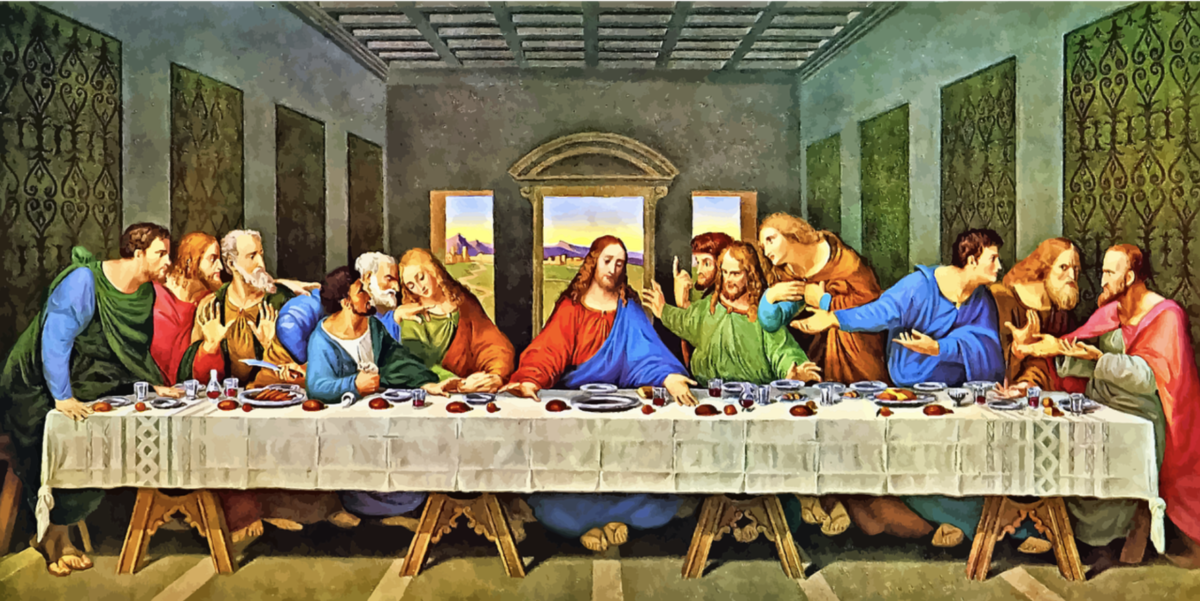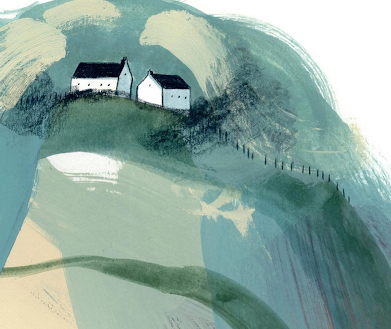“The Da Vinci Code is such a thrilling book. It’s an amazing blend of both action and history and it’s the kind of book that encourages readers to question narratives and hidden meaning. The plot is full of mystery and the narrative unfolds like a puzzle as each clue leads to another discovery and keeps readers hooked until the very end,” said Luisa Ansanelli, a sophomore at Graded, Talon member, and avid reader of the Robert Langdon series.
Dan Brown’s captivating and controversial thriller The Da Vinci Code, sends readers on a stimulating quest to uncover secrets and disprove traditional thinking. The story depicts a theory that has captivated the minds of millions: the mystery of Jesus’ bloodline. In Brown’s novel, the possibility of the continuation of Jesus Christ’s bloodline is explored, raising the idea that there has been a hidden lineage throughout history. Even though the book is a work of fiction, this theory has generated a lot of discussion and debate since its release.
Readers of The Da Vinci Code are introduced to the idea of the Sangreal, famously known as the Holy Grail, which is idealized as cup or chalice, in this case, referring to the royal bloodline of Jesus Christ. According to the novel’s theory, Jesus and Mary Magdalene were married, had a child, and their offsprings continued this respected lineage. This theory casts doubt on the controversial understanding of Jesus’ life and the assumption he was a celibate.
As part of their investigation, protagonists Langdon and Sophie work together with their friend Teabing to look into Leonardo da Vinci’s artwork The Last Supper, which is said to contain hidden messages and clues relating to the theory of The Holy Grail. As the narrative plays out, they discuss how contrary to the common misconception that the Holy Grail is a chalice, the painting where the Holy Grail should be represented contains no cups at all.
Due to the books focus on a variety of different subjects and areas of interests, it’s an excellent book or movie recommendation to students who might be interested in history, art, symbology and religion. It overlaps with the issue of conspiracy theories and credibility which is dealt with in Social Studies 9 and 10 as well as in the beginning units of Grade 9 Biology at Graded. Mr. Cheney, a grade 10 Social studies and IB psychology teacher highlighted the dangers of of falling into conspiracy when he stated, “while conspiracy theories often offer those who believe in them a place to fit in and belong, they also are dangerous due to the nature of them to be absolute; that is, our idea MUST be right and all others must be wrong. As many people buy into this philosophy, we are creating a world of silos where my idea and my idea alone is correct, everyone that agrees with me is beloved, and everyone that disagrees with me is the enemy.”
In the context of Christianity, the Holy Grail is actually a metaphor for the embodiment of the sacred female, which has been hidden or lost throughout history and symbols. The female symbol, which resembles a chalice, emphasizes the relationship between the Holy Grail and the sacred feminine identity, implying that the Holy Grail’s true form is not of an object, but rather a symbol of the divine feminine power and wisdom. According to Langdon and Teabing, the Holy Grail is Mary Magdalene. This is proven by Teabing as a result of the evidence in the fresco The Last Supper, where they claim the person sitting next to Jesus to be Mary Magdalene, due to the person having female features and due to the symbols in the painting such as the letter M and images of the chalices. Jesus’ positioning towards the person next to him forms a V which further emphasizes Mary Magdalene’s significance in relation to the Holy Grail and sacred feminine identity as their space forms the shape of a chalice. Thus, by adding a new dimension to the story, it is believed that she has played a historical and religious role that has caused many altercations in both these contexts, having the ability to alter conventional religious beliefs and playing a significant historical role.
As mentioned by Teabing, Mary and Jesus were married, and Mary was given the responsibility of carrying Jesus’ ministry. This interpretation questions the nature of Christianity as we know it whilst depicting a different perspective of Jesus’ character and his relationship with others around him. Teabing likewise affirms that Mary Magdalene’s diminished status in history was a result of Peter, one of Jesus’ apostles, who was jealous of her.
Ultimately, The Da Vinci Code is a work of fiction and the theories it depicts are not proven, but are based on historical facts. The novel’s portrayal of these discoveries, however, stimulates encourages discussion especially among the audience of 14-17 year olds. It encourages readers to challenge existing beliefs and ignites debates about the complicated relationship between religion and history. The Da Vinci Code is a classic which can captivate the minds of students and faculty alike who are looking for a riveting combination of history, mystery, and age old conspiracy theories. Though perhaps the theories are not proven, a reader can always speculate. After all, it’s important to remember that “What really matters is what you believe” (Dan Brown).
Resources:
The Da Vinci Code by Dan Brown (2003)














